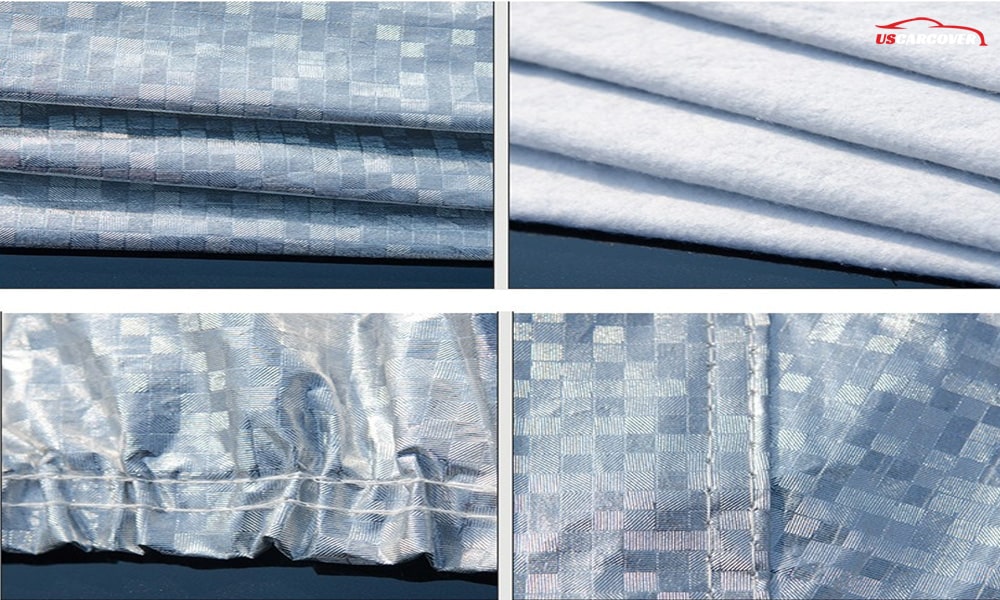
Waterproof vs. Water-resistant car covers—knowing the difference can make all the difference in protecting your vehicle. While both options offer some degree of protection, their performance in various weather conditions varies significantly. Choosing between a waterproof car cover, which blocks out all moisture, and a water-resistant car cover, which repels light rain while allowing breathability, depends on your climate and storage needs. Understanding these distinctions ensures your car remains shielded from potential damage while extending its lifespan.
What is a Waterproof Car Cover?
Definition & Key Features: A waterproof car cover offers complete protection from moisture, ensuring no water seeps through to your vehicle’s surface. Made from polyethylene, plastic-based, or similar materials, these covers are designed to block out water entirely, making them ideal for extreme weather conditions. With 100% water penetration resistance, your car remains fully protected from rain, snow, and even hail.
Material Types
- Polyethylene
- Plastic-based or synthetic fabrics
These materials are specifically chosen for their ability to form an impermeable barrier against water.
Advantages: Maximum Defense
- 100% protection from rain, snow, and hail.
- Ensures no water touches your car, keeping it dry even in the harshest weather conditions.
When to Use a Waterproof Car Cover
- Best suited for heavy rain or consistently wet climates.
- Ideal for situations where complete protection is crucial, such as during heavy storms or long-term outdoor storage.
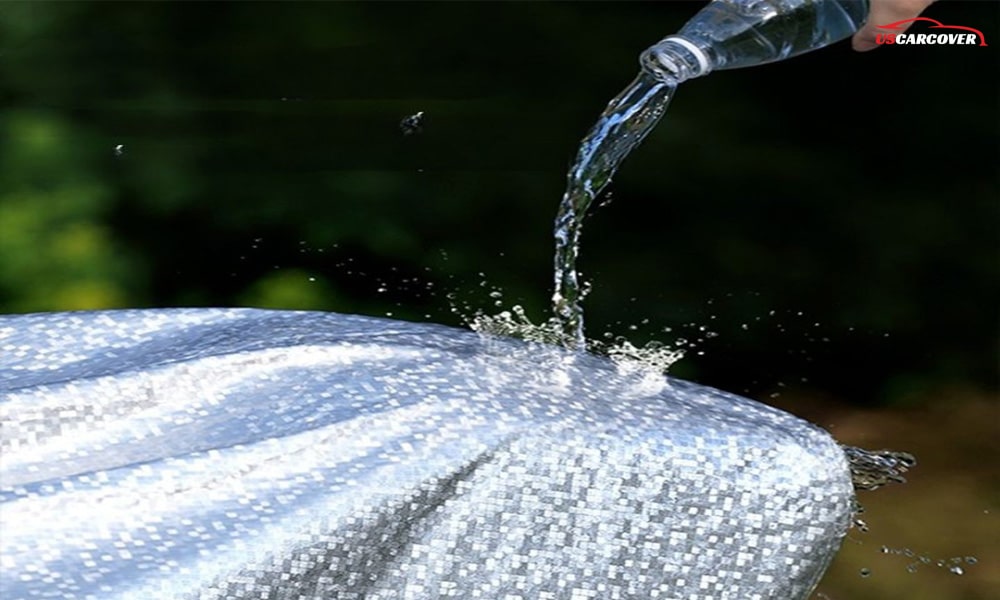
Related posts: 5 Noted When Buying a Car Cover
What is a Water-resistant Car Cover?
Definition & Key Features: A water-resistant car cover is designed to repel water while allowing airflow, providing a balance between protection and breathability. Unlike waterproof covers, these covers resist water penetration to a certain extent but allow moisture to escape, which helps prevent condensation buildup underneath.
Material Types
- Nylon
- Polyester
These lightweight materials are chosen for their ability to shed water while maintaining air circulation.
Advantages: Breathability and Moisture Control
- Repels water to prevent light rain from soaking through.
- Reduces moisture buildup beneath the cover, helping to prevent mildew and paint damage caused by trapped humidity.
When to Use a Water-resistant Car Cover
- Ideal for moderate weather conditions where heavy rain is infrequent.
- Perfect for situations where breathability is crucial, especially when protecting sensitive car finishes from moisture-related damage.
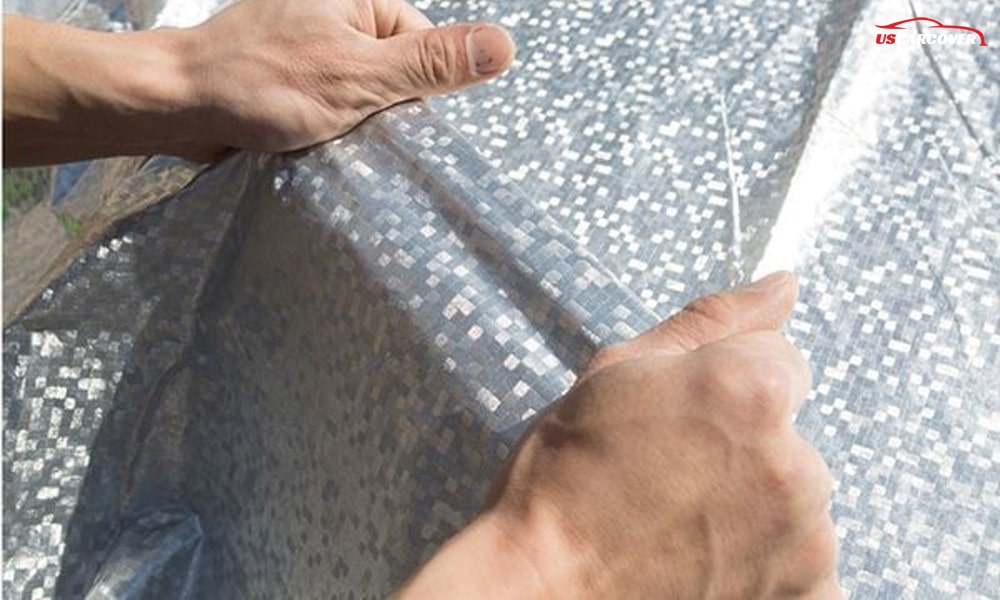
Waterproof vs. Water-resistant Car Covers: Key Differences
Material Composition
The main distinction between waterproof and water-resistant car covers lies in their fabric and construction. Waterproof covers are typically made from heavy-duty materials like polyethylene or plastic-based fabrics, designed to completely block water. In contrast, water-resistant covers use lighter materials like nylon or polyester, which repel water but allow airflow, offering better breathability.
Durability: Waterproof covers are generally more durable but can become stiff over time, while water-resistant covers are lighter and more flexible.
Protection Levels
- Waterproof covers provide maximum protection, completely sealing out water, but may trap moisture underneath, potentially leading to mildew or rust.
- Water-resistant covers offer balanced protection, keeping out light rain while allowing air circulation to prevent moisture buildup.
Breathability
- Waterproof car covers can cause condensation buildup due to lack of airflow, which may lead to damage over time.
- Water-resistant car covers allow moisture to escape, preventing issues like mold, mildew, and paint damage.
Price and Affordability
- Waterproof covers tend to be more expensive due to their advanced materials and higher level of protection.
- Water-resistant covers are generally more affordable, making them a practical choice for everyday use in moderate weather conditions
Understanding these key differences will help you choose the best car cover for your needs, based on your climate and how much protection your vehicle requires.
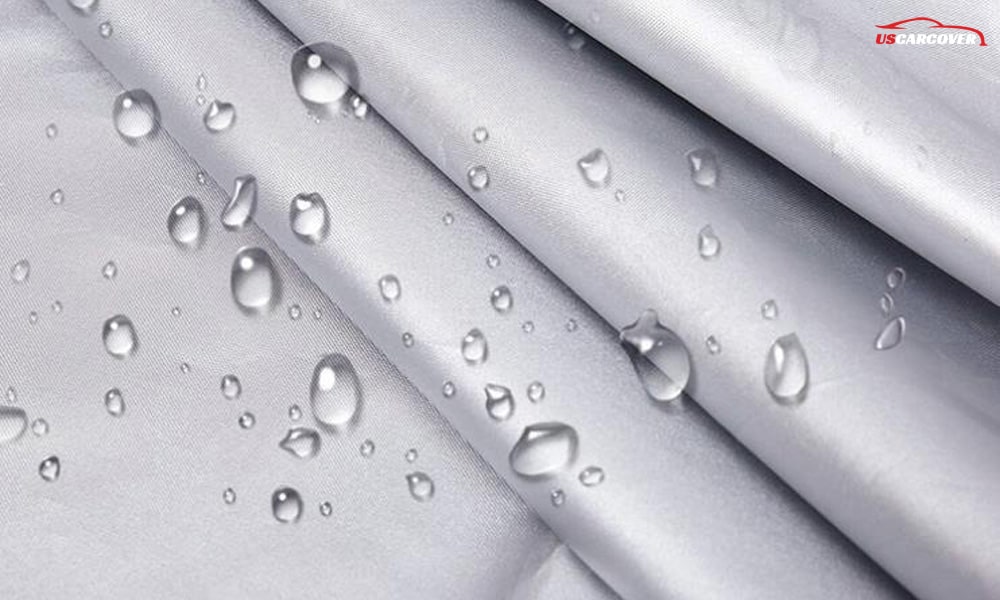
Related posts: 15 Tips to Protect Your Car Under Harsh Weather
Pros and Cons of Waterproof Car Covers
Pros
- Maximum protection: Waterproof car covers provide complete protection from rain, snow, and hail, making them ideal for extreme weather conditions.
- Durability: These covers are built to last, with heavy-duty materials that stand up to harsh environments and prolonged outdoor use.
- Long-term storage: Perfect for vehicles stored outdoors for extended periods, offering 100% water penetration resistance.
Cons
- Lack of breathability: The biggest drawback of waterproof covers is that they can trap moisture underneath, which may lead to condensation, mold, or paint damage if not properly ventilated.
- Higher cost: Due to the advanced materials and maximum protection, waterproof car covers are typically more expensive than their water-resistant counterparts.
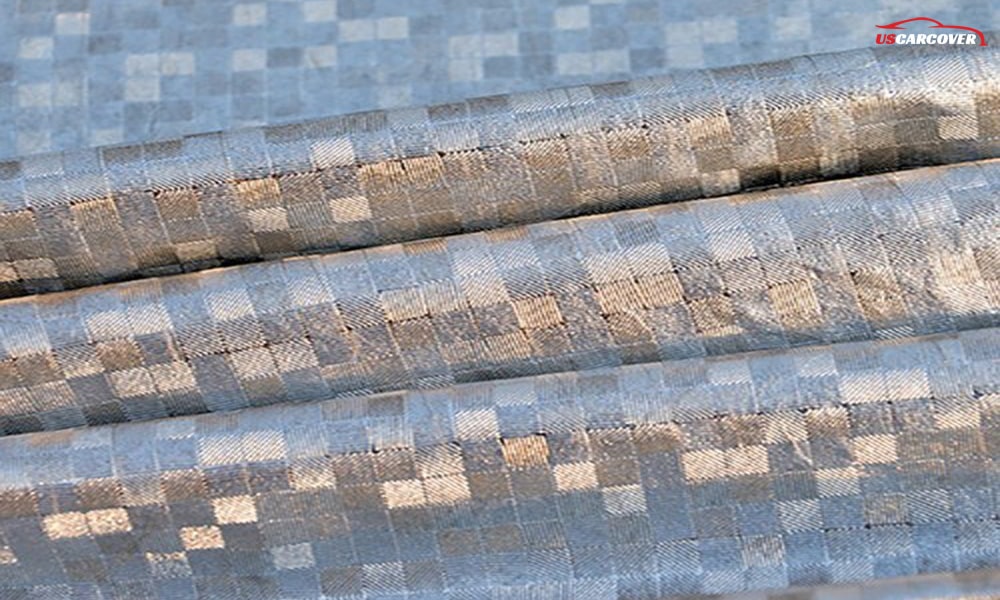
Pros and Cons of Water-resistant Car Covers
Pros
- More breathable: Water-resistant car covers allow airflow, which helps prevent mildew and moisture buildup under the cover, protecting your car’s paint and interior.
- Suitable for moderate climates: These covers are ideal for areas with mild weather conditions, where protection from light rain and dust is sufficient without the need for full waterproofing.
Cons
- Not fully effective during heavy rainfall or storms: Water-resistant covers can repel water to a certain extent but may not hold up during intense downpours, potentially leaving your car exposed to moisture.
- May need frequent reapplication: Over time, the water-repellent properties can wear off, meaning you may need to reapply a water-resistant coating to maintain optimal performance.
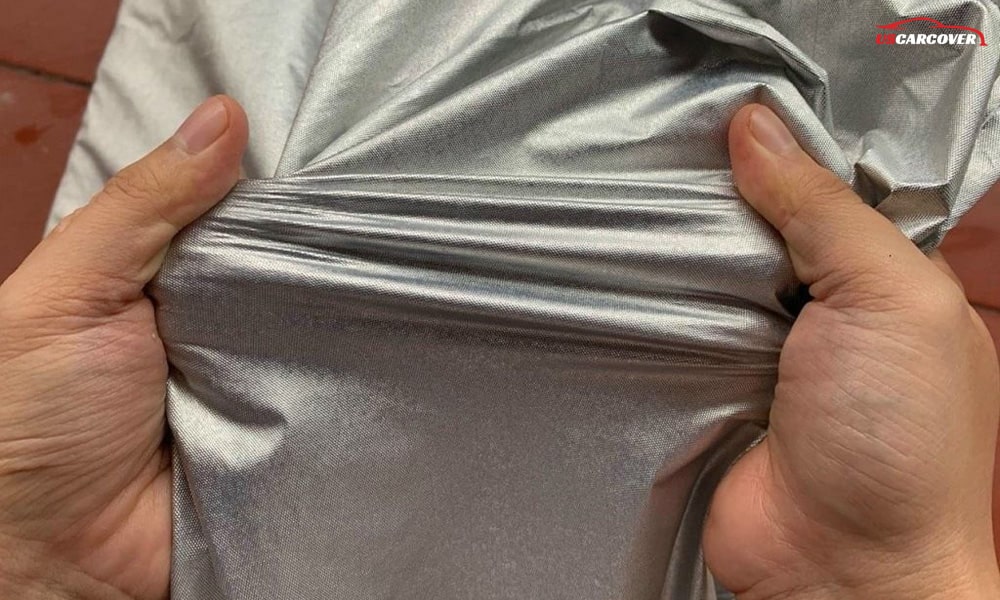
Related posts: Do Car Covers Prevent UV Rays? Best Car Covers to Prevent UV
How to Choose the Right Type for Your Car
Factors to Consider
- Climate and weather conditions: If you live in an area with heavy rain or snow, a waterproof car cover will offer better protection. For mild or moderate weather, a water-resistant car cover provides enough defense while allowing breathability.
- Exposure to rain or snow: How often your vehicle is left outdoors exposed to the elements is key. Constant exposure to rain calls for a waterproof cover, while infrequent exposure makes a water-resistant cover more practical.
- Frequency of use: If you're using the cover daily, a water-resistant cover may be easier to handle due to its lighter material. For occasional use during harsh weather, a waterproof cover is more effective.
- Breathability: For sensitive car finishes, breathability is essential to avoid moisture buildup. A water-resistant car cover allows air circulation, protecting your car’s paint from mold or rust.
Best Use Cases for Waterproof vs. Water-resistant Covers
- Waterproof covers: Ideal for extreme conditions, such as heavy rain, snow, or long-term outdoor storage.
- Water-resistant covers: Perfect for moderate climates and situations where breathability and protection from light rain and dust are priorities.
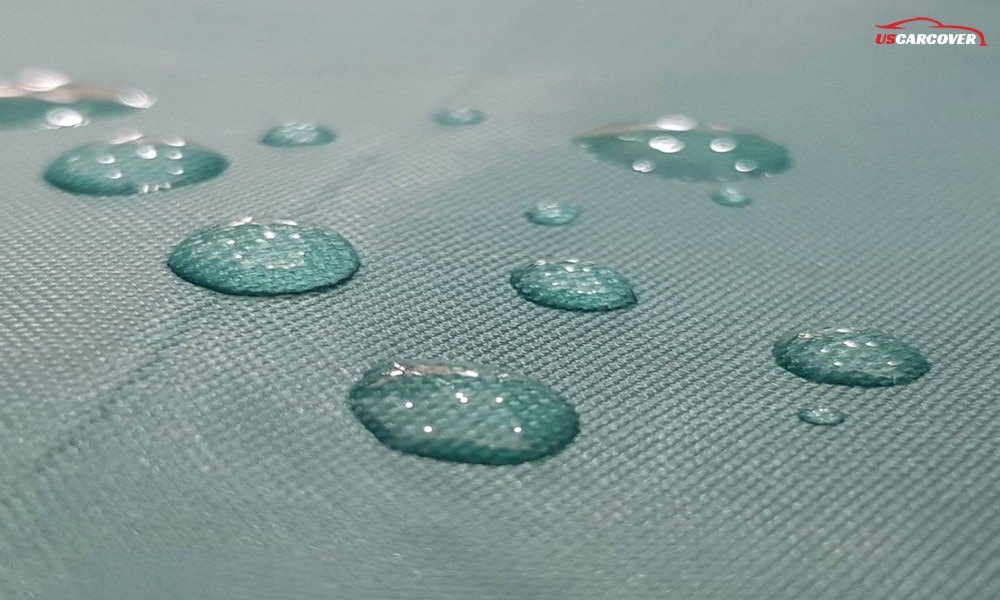
Conclusion
When deciding between waterproof and water-resistant car covers, it's essential to consider your specific needs based on weather conditions, frequency of use, and the importance of breathability. Waterproof covers provide unmatched protection in harsh, wet climates but may trap moisture underneath. Water-resistant covers, while less protective against heavy rain, offer the advantage of airflow, preventing moisture buildup and protecting your car’s paint. By understanding these key differences and matching the cover to your climate and usage, you can ensure your vehicle gets the best protection possible.
